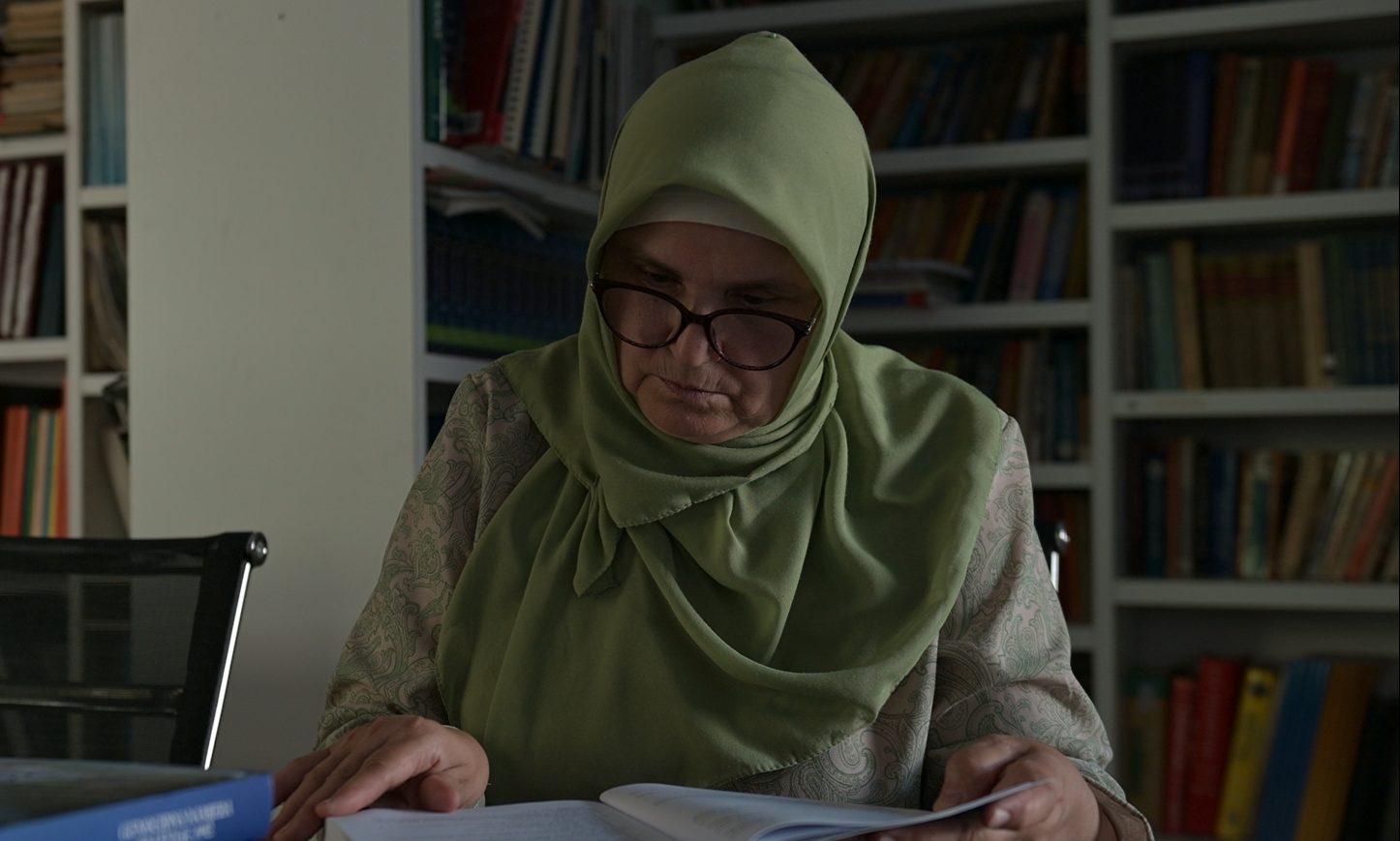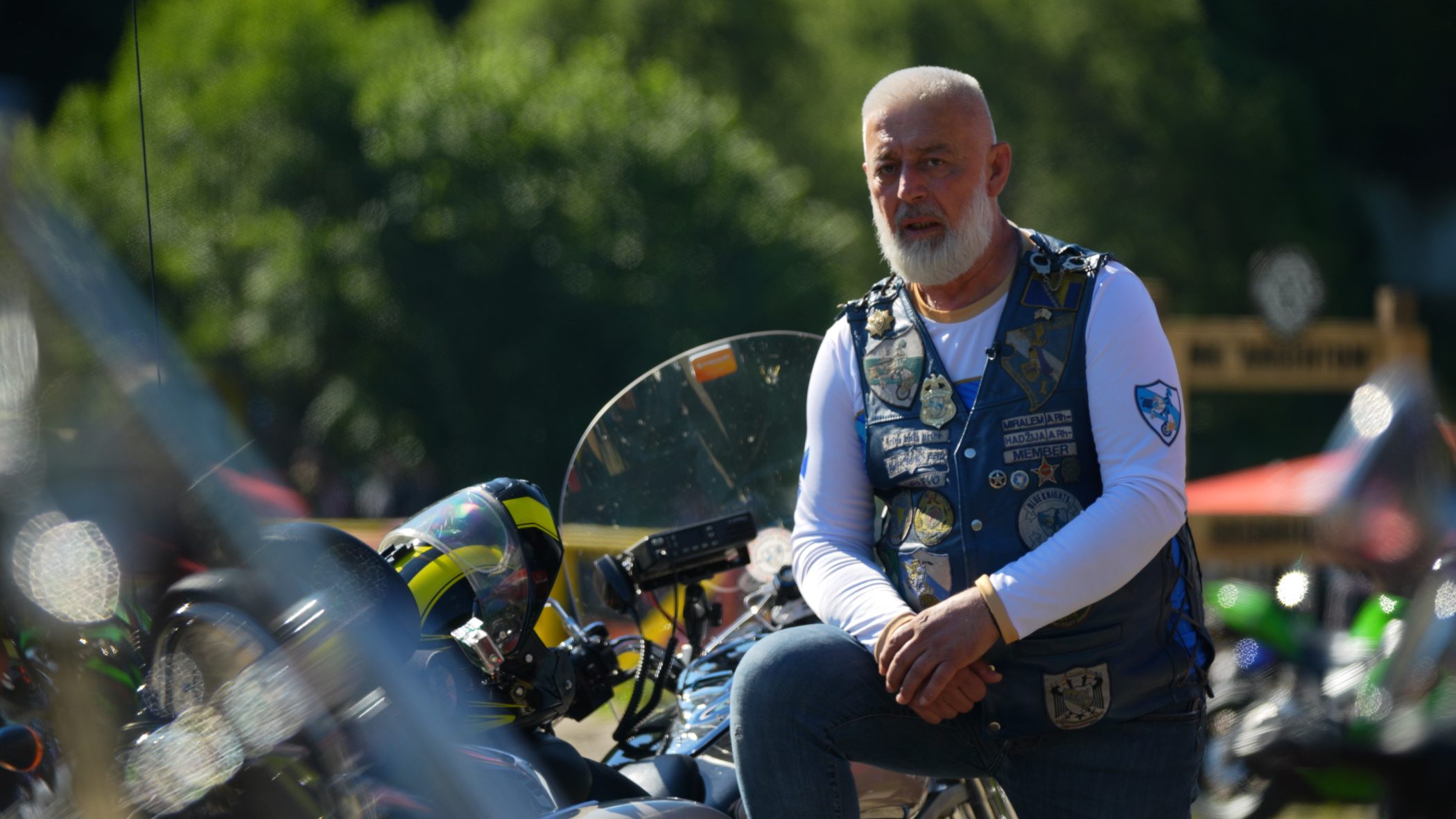This post is also available in: Bosnian
The film Valter Defends Sarajevo, which centred on the life of the Yugoslav war hero Vladimir Peric “Valter”, according to data, has been seen by over a billion people. That sky-high viewing figure is thanks largely to its extraordinary popularity in far-off China.
Now a museum dedicated to the movie and its hero has opened in the Bosnian capital.
The opening, April 6, the Day of the City of Sarajevo, was chosen because on that date in 1945 the city was liberated from German occupation.
Over about a hundred square meters, visitors can see scenes from the film, wax figures of main actors, starting with Velimir Bata Zivojinovic, who played Valter, Ljubisa Samardzic and Rade Markovic, movie props, objects and clothes.
Lula Zivojinovic, wife of the famous actor, was among the first to come to the opening. She said her visit evoked many emotions and brought back beautiful memories.
“The glory of this movie has been spread throughout the world for 47 years. It is finally back home,” she said.
“A wonderful man, a great director, our great friend, Hajrudin Siba Krvavac, should get the credit for all this. I want to wish the organizers luck and may they have many visitors,” Lula Zivojinovic added.
At the entrance to the museum is a statue of director Hajrudin Siba Krvavac in working mode with a movie camera next to him.
Krvavac directed numerous Yugoslav movie classics. Besides Valter, they included The Bridge, Commandos and Partisan Squadron.
Two boards with names hang behind the statue. One contains names of all those who participated in making the movie, such as script writers, art directors, editors, cameramen, technicians, costume designers and composers. The other contains a list of main and supporting actors.
The exhibition continues in four rooms. The first, the film shooting room, behind the director’s statue, contains costumes, jackets, hats and other clothes worn by the actors, cameras and photographs.
Top scenes adapted to 100 square metres:
At the entrance to the first room is a figure of the actor Ljubisa Samardzic, who played the character Zis in the film, holding an automatic rifle.
The adjacent room is filled with clocks, pocket and wristwatches. A figure of Rade Markovic stands behind the counter at the entrance. Markovic played Sead Kapetanovic, a watchmaker who collaborated with the anti-Nazi forces.
Above the stairs is a replica of the Sarajevo Sahat-kula, the clock tower, which is where parts of the movie were shot. A long barrel can be seen pointing through the window, alluding to the German ambush awaiting Walter in the movie.
Most of the movie props can be found in the last room, where visitors can see a Luger handgun, a Schmeiser automatic rifle and a machine gun, weapons found not only in films about Partisans but generally about the Second World War.
Besides weapons, it holds other objects that can be seen in the movie, such as Nazi uniforms, helmets, communication means and other technical and military equipment, including explosive detonators.
The centrepiece here is a replica of the train that Valter and his crew destroyed in one of the last scenes.
On the wall hangs a map of a German military operation whose aim in the movie was to refuel the Nazi military vehicles so they could withdraw to Germany.
While visitors move around the exhibited objects, monitors on the side screen show scenes from the movie as well as from other cult movies with similar themes.
Osman Arslanagic, the set designer for the project, explained that he had tried to adapt all the cult scenes from the film to the 100-square-meter space.
Lejla Cehajic made the statues. They had jointly paid homage to the movie, he explained.
Arslanagic said they had tried to go back to Krvavac’s movie, going back to the 1970s, when the movie was made, by using the same materials, original props, elements, colours and space.
“We have a recognizable movie school. There have been so many talented and great directors. It would be a mistake and shame not to cherish the cult of those people,” Arslanagic said.
Man who became emblem of the city:
Jasmin Durakovic, director of the Film Center Sarajevo and mastermind of the project, says they tried to revive the film in the form of a museum because it had become the symbol of the city.
“When we established the museum, we acted like we were making a movie. We worked in that way; the whole team, led by Arslanagic and tens of others,” he said.
“We used the same set of actions used to make movies, but in this case we did it in the form of a museum. Apart from some technical things, which were not made in Bosnia and Herzegovina, locals did the whole thing,” Durakovic said.
Besides the museum dedicated to the film, a separate exhibition, “Valter, the Hero”, has also opened in the Museum of Sarajevo.
Besides photographs, it features personal belongings and clothes worn by Valter.
Vladimir Peric “Valter” was born in Prijepolje a hundred years ago on December 28, 1919.
He finished school in Belgrade. He was transferred from the Hipotekarna Banka to the Sarajevo branch of the same bank in early 1940, shortly before Yugoslavia was pulled into the Second World War.
After the Regent Paul tried to keep Yugoslavia out of the war already engulfing Europe, he was overthrown and Yugoslavia was invaded and occupied in spring 1941.
On arrival in Sarajevo, Valter joined the Communists, who led the resistance movement to German and Croat Fascist occupation and who called themselves the Partisans.
From the spring of 1943, he led the Partisan resistance movement in Sarajevo.
He was killed in the night of April 5-6, 1945, on the eve of liberation. He was declared a national hero on July 24, 1953.
“After World War Two, Valter’s sister gifted his things to the Museum of Sarajevo,” Igor Radovanovic, the curator responsible for the exhibition, recalled.
Valter’s personal belongings, including his trousers, shirt, pyjamas, wallet and handkerchief are on show there. Next to them there are handguns that, Radovanovic explains, the Sarajevo Partisan underground used in World War Two.
Besides marking the Day of Liberation of Sarajevo, the museum says the exhibition is designed to mark the centenary of Peric’s birth.
“The exhibition shows photos of Sarajevo taken during World War Two and Valter’s war in the city and its surroundings,” Radovanovic said.
“Unfortunately, it all ended tragically with his death and funeral. The photographs have been taken from the museum photo archives. It took a lot of time to prepare and implement everything and visualize the project from a designer perspective,” he explained.
Mirsad Avdic, director of the Museum of Sarajevo, agrees that Valter’s name is now widely associated with the city and the country of Bosnia.
“It reminds us of who we used to be and the ideals we fought for, which we have maybe forgotten a little bit on the way,” he said.
“The ideals refer to what Bosnia and Herzegovina is, in my opinion. That is a mantra we keep repeating, that it is a union of all peoples and ethnicities.
“Although we of the older generations are getting tired of listening to all that again and again, it is important in the context of our society for the sake of new generations,” Avdic concluded.

